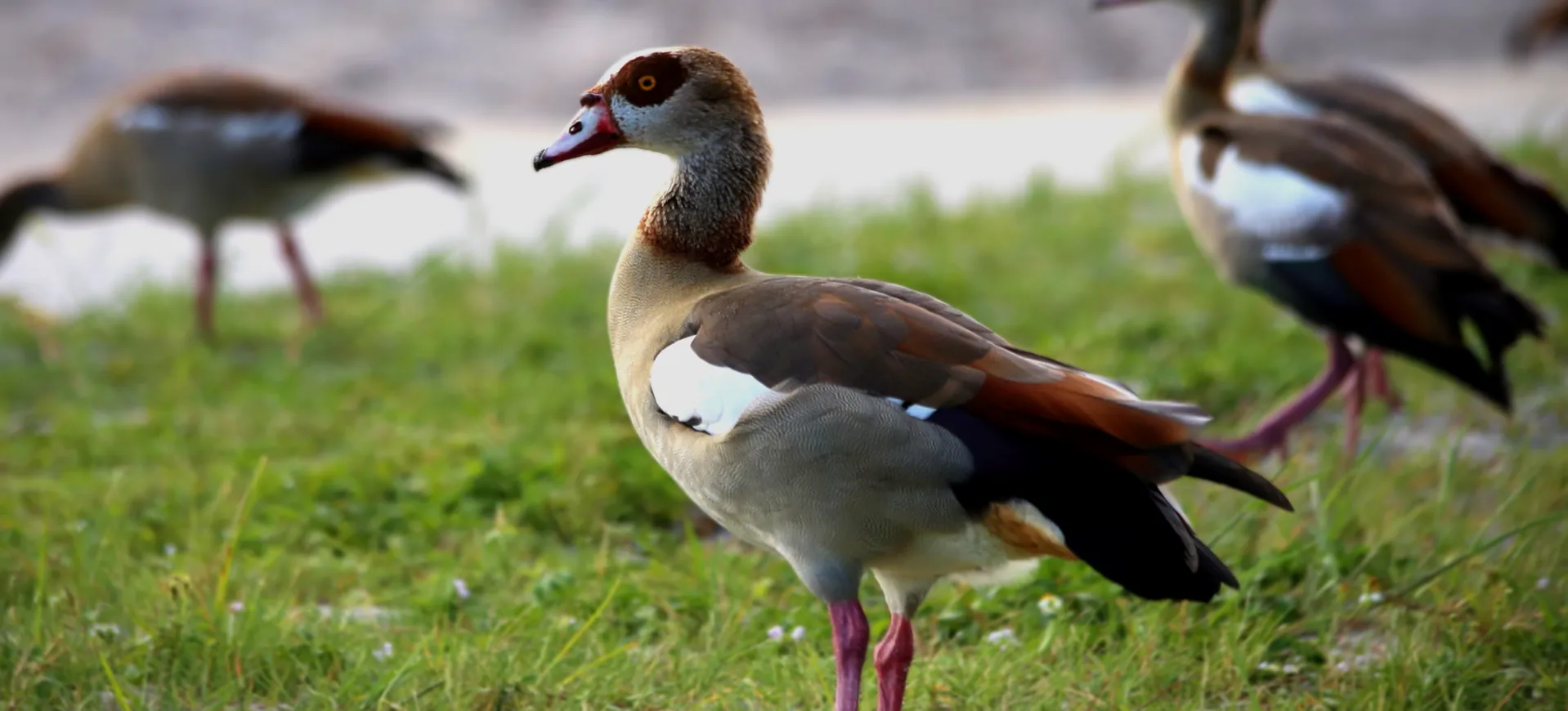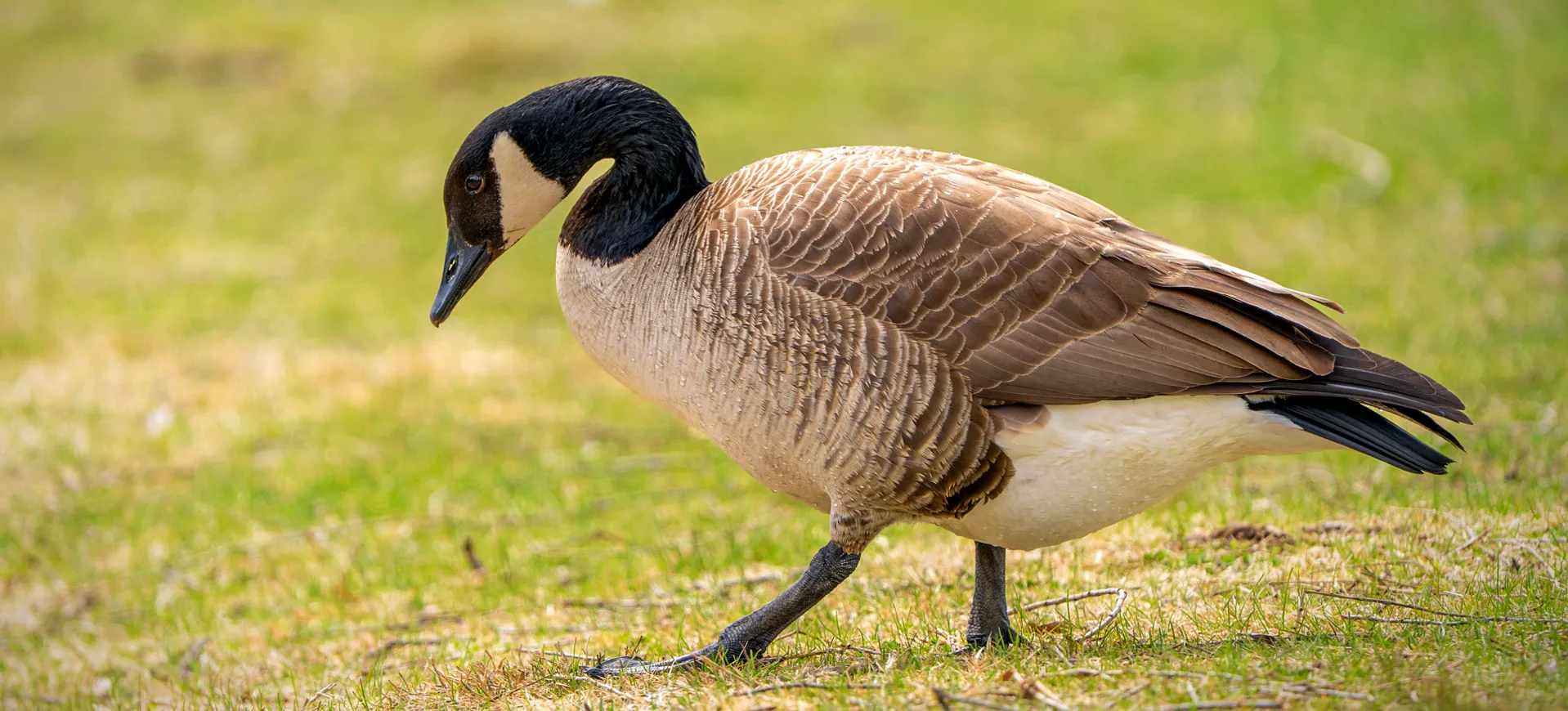Overview
The Scaly-sided Merganser (Mergus squamates), also known as the Chinese Merganser, is a rare species of duck distinguished by its striking physical appearance and unique ecological preferences. As a diving duck, this bird possesses specialized adaptations that enable it to pursue a primarily aquatic lifestyle, chasing down fish in the freshwater rivers and streams that form its habitat. Its long, slender body and elongated, thin, orange-red bill make it stand out from other waterfowl.
Native to Eastern Asia, this bird is among the most threatened waterfowl species, with significant population declines recorded over the past few decades due to various environmental factors. The species migrates south to more temperate regions in winter, showcasing its hardiness and adaptability. The Scaly-sided Merganser presents a rich tapestry of behaviors, making it an exciting subject of study for ornithologists and bird watchers.
Its defining feature, the ‘scaly’ pattern on its flanks, combined with a sleek, dark green head, white collar, and chestnut underparts, distinguishes it from other species. The Scaly-sided Merganser is a spectacle in the air and water, a powerful flier and an excellent swimmer.
Taxonomy
Kingdom
Phylum
Class
Order
Family
Genus
Species
Type
Physical Description:
The Scaly-sided Merganser is characterized by its conspicuous black-and-white pattern, with males bearing a dark green head, white collar, and finely black-scaled white underparts. Their backs are black, and the black central tail feathers are distinctly elongated. Females, meanwhile, have a rusty-brown head with a shaggy crest, a grey body, and a white chin and throat. The sexes are further distinguished by eye color: bright yellow for males and brown for females.
Both males and females have a narrow red bill with a serrated edge that aids in catching and holding onto slippery fish. Their wings are relatively long and pointed, and they have strong, short legs located far back on the body, which aids in diving but makes movement on land awkward. Juveniles resemble females but are paler and have a greyer head.

Lifespan: Wild: ~15 Years || Captivity: ~20 Years

Weight: Male: 2.3 lbs (1.05 kg) || Female: 2.1 lbs (0.95 kg)

Length: Male: 22 in (56 cm) || Female: 20 in (51 cm)

Wingspan: Male & Female: 34 inches (86 cm)

Top Speed: 50 mph (80 km/h)
Characteristic:
Native Habitat:
Scaly-sided Mergansers are indigenous to the freshwater ecosystems of Eastern Asia. During the breeding season, they favor rivers in forested mountainous regions, which offer a plentiful supply of fish and security from disturbance. They generally choose sites with clean, slow-moving water surrounded by trees for nesting, often near rapids or waterfalls.
In winter, the birds move to lower altitudes and can be found in various water bodies, including larger rivers, lakes, and reservoirs in more open landscapes. These seasonal habitats provide the necessary resources to endure the cold months.
Climate Zones:
Biomes:
Biogeographical Realms:
Continents:
Countries:
Diet:
Diet & Feeding Habits:
The diet of Scaly-sided Mergansers primarily comprises small fish, supplemented occasionally by aquatic invertebrates and insects. They are skilled hunters, using their serrated bills to grasp and secure their slippery prey. They employ various hunting strategies, including diving from the water’s surface and chasing down fish underwater.
In the breeding season, they prefer clear, fast-flowing rivers and streams where fish are plentiful. They feed in shallow water, usually less than 1 meter deep, and prefer areas with underwater structures such as rocks, which are beneficial for hunting.
Mating Behavior:
Mating Description:
Scaly-sided Mergansers are monogamous, forming pairs early in the breeding season. Courtship is typically initiated by males, who perform elaborate displays, including head-bobbing, bill-jerking, and wing-flapping to attract females. Once a pair is formed, they seek a suitable nesting site, often a tree cavity near water, where the female lays and incubates the eggs.
Typically, females lay 6-10 eggs per clutch, and incubation lasts about a month. After hatching, the young mergansers are precocial and can leave the nest within a few days, guided by the female to the feeding grounds. The male typically leaves partway through incubation and takes no part in rearing the young.
Reproduction Season:
Birth Type:
Pregnancy Duration:
Female Name:
Male Name:
Baby Name:
Social Structure Description:
Scaly-sided Mergansers are largely solitary or occur in small family groups during the breeding season, with pairs forming tight bonds. Males, in particular, are territorial during this time. However, they form larger flocks outside the breeding season, sometimes mixed with other waterfowl, especially in their wintering grounds.
The social structure of this species is relatively loose, with individuals coming together mainly for breeding and mutual protection. Their social behavior is characterized by a degree of flexibility, which allows them to adapt to the varying conditions they encounter throughout the year.
Groups:
Conservation Status:
Population Trend:
The Scaly-sided Merganser’s population has dwindled for decades due to habitat loss and degradation. Populations are estimated to number between 2,499 to 4,500 mature individuals in the wild, but the overall trend is decreasing. This decline is particularly alarming given that this species has a highly fragmented and localized distribution.
Population densities are highest in protected areas and other regions with suitable habitats. However, most of their historical range is no longer occupied, and their presence in some areas is transient or seasonal. Their sparse distribution and elusive nature make accurate population surveys difficult.
Population Threats:
The main threats facing the Scaly-sided Merganser are habitat loss and degradation, primarily due to logging, agricultural expansion, and increasing human disturbance. Other threats include pollution and overfishing, which reduce the availability of their prey.
Dams and other water management infrastructure also disrupt their habitats, creating barriers to movement and reducing the quality of feeding and breeding sites. The species is also affected by hunting and egg collection, despite legal protections in many parts of its range.
Conservation Efforts:
The Scaly-sided Merganser’s conservation efforts have primarily focused on habitat protection and management. Critical breeding and wintering sites have been identified and designated as protected areas, and efforts are being made to manage these areas to maintain the habitats that this species requires.
Education and awareness campaigns have been conducted to reduce hunting pressure and disturbance in their habitat. There have also been efforts to monitor the population trends of this species and conduct further research into its ecology and conservation needs. International collaboration is vital due to the migratory nature of this species, and conservation initiatives have been coordinated across its range.
Additional Resources:
Fun Facts
- Scaly-sided Mergansers are excellent divers and swimmers, thanks to their streamlined bodies and powerful legs.
- Unlike most ducks, they prefer to nest in tree cavities rather than on the ground.
- They breed in colonies with other birds, notably the Mandarin Duck.
- The species was first described by British naturalist John Gould in 1864.
- Their diet of fish makes them important indicators of healthy freshwater ecosystems.
- The elongated central tail feathers of males are used in courtship displays.
- They are one of the most threatened species of waterfowl in the world.
- Their distinctive ‘scaly’ pattern is unique among the world’s ducks.
- Despite being solid fliers, they are often clumsy on land due to their legs’ rearward position.
- They have a broad vocal range, from low, grunting calls to high-pitched whistles.















































































